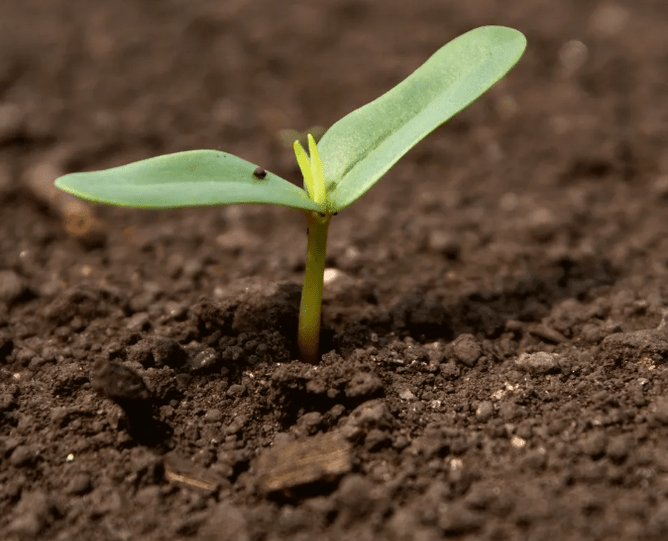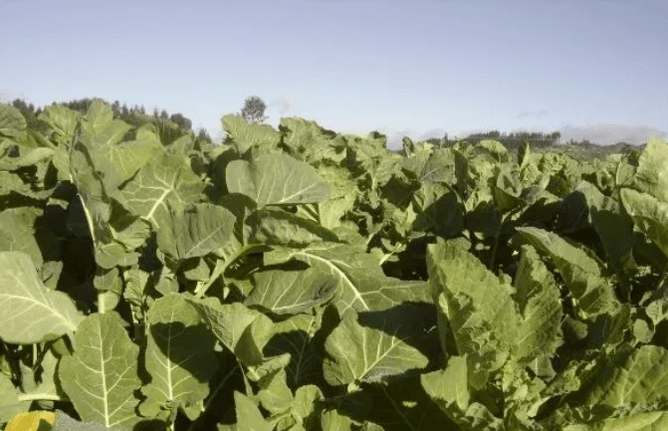To get free nitrogen from the air where there are 74,000 tonnes above every hectare, the soil must have correct calcium and magnesium; available phosphate and iron; cobalt and molybdenum. But it is more complicated than that. Besides other nutrients being involved, microbes rule the roost. Many farm practices are counterproductive when it comes to supporting soil biology.
Bacteria and fungi produce organic acids. These acids react with insoluble carbohydrates, phosphates and silicates making them at least partly soluble. The reactions release calcium from carbonates and phosphates from aluminium or iron complexes where they are relatively useless. The microorganisms need energy. This energy may come from already available P & K. The amount of energy available and N fixation is correlated with bacterial numbers and the amount of plant growth.
Liming can reduce Al and Mn toxicity and increase plant availability of N, P and Mo. Plant growth can be increased by over 50% when lime and N are applied together. This is not just a pH response but is supplying bacteria with calcium. Nitrobacter and Nitrosomonas will not grow when P is withheld. It only takes a tiny amount to reverse that. Plant uptake of N, P, K, Cu, Mn and Zn were all greatly enhanced by mycorrhizal fungi (VAM). This is even more evident for N when plants are subject to water stress. Leaching of N is reduced by VAM. Protozoa can increase N uptake in plants by 75% or more.
VAM has taken a hiding from unbuffered fertilisers, chemicals in general and cultivation. Many plants reject the VAM if they are too well supplied with soluble P. In the absence of host plants some can survive to fruition with the assistance of certain bacteria. They do better with iodine, Mn and Co. Some require vanadium or chromium. Others, along with certain bacteria reduce fungal diseases such as Pythium, Phytophthora, Fusarium and Rhizoctonia to name a few. Some fungi dine on and destroy insect larvae. VAM can be the difference between a poor crop or a good one. VAM can obtain up to 4x more N for plants if allowed to. They respond to the plant’s needs. Similar results relate to Ca, Mg and K, particularly if P is low.
Certain soil conditions create free radicals that cause stress in plants. This includes application of N in wet soil conditions. Plants may produce antioxidant enzymes as a defence. Such enzymes are more likely to occur in the presence of Cu, Fe, Mn, Zn and selenium. Some trace elements are not recognised as essential for plants. But they are essential for animals and these microbes are critical for plant health. They need to be included in your fertiliser program. Feed the soil; let the soil feed the plant. Think holistically.
Over 50% of applied N can be lost to the atmosphere and to ground water, causing long term consequences. Up to 90% of applied P can be precipitated by soil Al and Fe complexes. The way to minimise such losses and to enhance plant growth and health is through microbiology. Biology may need to be added along with food sources. Kiwi Fertiliser can supply advice and products that enhance the chemical-physical-biological interactions improving nitrogen uptake without reducing productivity. Let us show you how. Terragen Great Land liquid is one such product. Try it, you will like it.
Thanks to Full Circle Nutrition. References available.



